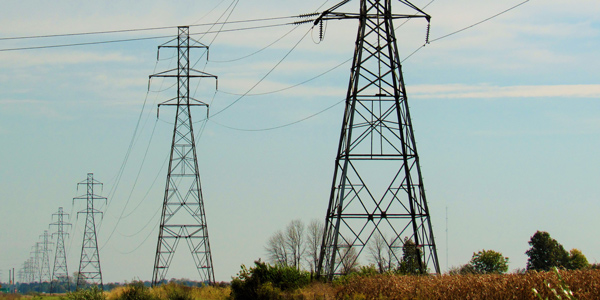FERC last week approved MISO’s proposal to shorten the window of time it allows generation owners to alter estimated capacity volumes for projects in the interconnection queue.
The commission’s decision clears MISO to require interconnection customers to finalize their requested network resource interconnection service (NRIS) megawatt values during “Decision Point II” — roughly 200 days into the queue (ER18-835). The revision became effective April 11.
FERC said requiring a final figure earlier in the process should help MISO achieve its goal of reducing unscheduled queue restudies in order to cut down on the number of months projects spend in the queue.
“MISO’s current proposal is a modification to further streamline its interconnection process and to prevent unscheduled, ad hoc restudies late in the interconnection process. We agree with MISO that unscheduled restudies will be less likely under the timeline established by MISO’s proposal,” FERC said.
The RTO’s previous process allowed interconnection customers to revise their requested level of NRIS up until after the final system impact study of the definitive planning phase of the queue.
MidAmerican Energy protested the change, saying that MISO and neighboring balancing authorities often do not complete affected-system studies on each other’s territories in time for Decision Point II, making an informed decision on NRIS levels impossible. But FERC ruled MidAmerican’s argument was underdeveloped and that “the benefits of reducing the potential for restudies and keeping the queue process on schedule outweigh MidAmerican’s concerns about potentially having less information at the earlier decision point.”
FERC held a technical conference earlier this month to gather ideas on how RTOs can better align their affected-system studies. (See Renewable Gens Face Off with RTOs at Seams Tech Conference.)
— Amanda Durish Cook




